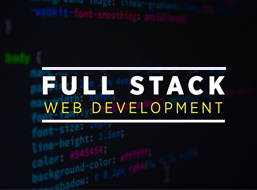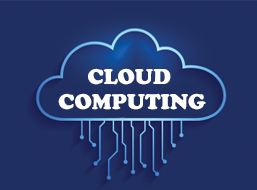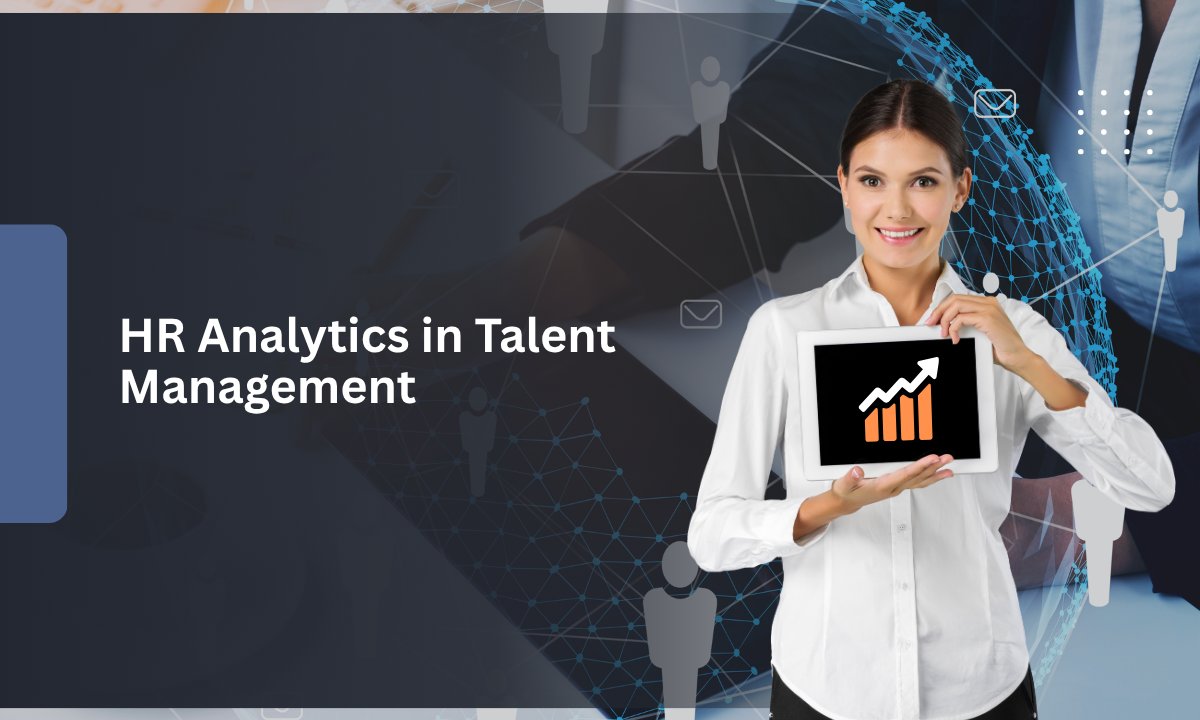Table of contents:
|
1. The Changing Role of HR in Talent Management |
|
2. How HR Analytics Impacts Recruitment |
|
3. From Hiring to Growth: Analytics Across Talent Management |
|
4. Challenges and Best Practices |
|
5. How We Train HR Analytics in Apponix |
|
6. Wrapping Up |
|
7. FAQs |
When I teach HR professionals at Apponix, I always lead with one truth: HR Analytics is no longer optional; it is essential. In this age of big data and competitive talent markets, the role of HR
analytics is transforming how organizations manage recruitment, development, retention, and performance.
In this article, I will walk you through how HR analytics in talent management is reshaping every stage of the employee lifecycle, share practical tools like HR analytics tableau, and explain how we teach this in our HR Training Course in Bangalore at Apponix.
The Changing Role of HR in Talent Management

Traditionally, the role of HR in talent management meant handling hiring, onboarding, performance reviews, training, and compliance. But now, HR must do more: drive strategic decision making, predict workforce trends, and tie HR metrics to business outcomes. That is where HR analytics comes in.
Through analytics, HR moves from reactive to proactive. We begin to anticipate who might leave, which roles need backfilling before the vacancy occurs, and where we should invest in training to boost performance. With that shift, HR analytics in talent management becomes a core business enabler.
How HR Analytics Impacts Recruitment
Recruitment is often the first area to benefit from analytics. When I teach our learners, I emphasize HR metrics for recruitment, such as:
-
Time to hire – how long it takes from job opening to offer acceptance
-
Cost per hire – all expenses divided by the number of hires
-
Source efficiency – which channels bring quality candidates
-
Conversion rates at each stage of the hiring funnel
By analyzing these metrics, we can spot bottlenecks: maybe one stage takes too long, or a channel yields too few good candidates. With that insight, recruiters can adjust sourcing strategies or streamline assessments. Using tools and models, we can also predict which candidate profiles have a higher success probability and reduce mis-hires.
Because we teach HR analytics tools like Tableau in our Apponix course, learners gain hands-on experience building dashboards that visualize recruitment funnels, drop-off points, and pipeline health. Tableau is especially useful because it allows drilling down by department, role, or location and gives HR teams a real-time view of their recruitment performance.
That visual insight turns raw numbers into action. For example, if a certain job board yields many applicants but few hires, we can reallocate budget to channels that deliver better ROI.
From Hiring to Growth: Analytics Across Talent Management
Once recruitment is done, analytics supports transitions to development, performance, and retention:
-
Performance & Potential Modeling
With HR analytics, we build models to score employees' performance trends, career potential, and skill gaps. Then we can direct learning interventions to those who are ready to expand. -
Training Impact Measurement
We tie training programs to performance metrics. Did the training improve output, reduce error rates, or raise productivity? That helps refine future training investments. -
Attrition Prediction & Retention Strategies
By tracking signals, like decline in engagement surveys, absence patterns, or low scores, we can build predictive models that flag employees at risk of leaving. We can then intervene with tailored retention plans or career path conversations. -
Succession Planning & Talent Pools
Analytics helps us identify high-potential individuals and map paths for leadership or critical roles. Rather than relying on subjective judgments, we base decisions on consistent data patterns.
All these applications show that HR analytics in talent management is far more than a reporting tool. It becomes a strategic engine powering workforce decisions.
Challenges and Best Practices
Of course, adopting HR analytics isn’t without hurdles. In my experience at Apponix, I emphasize these best practices:
-
Data quality and integration: Analytics is only as good as the data. HR systems, ATS, and performance systems must be integrated and cleaned.
-
Privacy & ethics: Employee data is sensitive. When analyzing, we must respect privacy, anonymize where needed, and maintain compliance.
-
Change management: Analytics introduces shifts in mindset, from intuition to data. HR leaders must champion adoption and train stakeholders.
-
Skilled talent & tools: HR professionals must build analytics skills, and that’s why courses teaching statistics, dashboards (like Tableau), predictive models, and interpretation are critical.
In our Training Institute in Bangalore, Apponix structures modules so learners go from metric definitions to designing dashboards, applying predictive models, and interpreting results, so they can walk into real roles ready to add value.
How We Train HR Analytics in Apponix
At Apponix, when I guide learners through our HR Course in Bangalore, I focus on a blend of theory and hands-on practice:
-
We begin with core concepts: types of analytics (descriptive, diagnostic, predictive, prescriptive) and typical HR metrics.
-
Then we go into recruitment metrics, performance, training, and retention measures.
-
Learners build dashboards in Tableau tracking recruitment funnel, headcount trends, attrition risks, and training ROI.
-
We run real-world case studies, mock datasets from companies, so students practice cleaning data, defining KPIs, and presenting insights to mock leadership.
-
We also stress business alignment: analytics findings must link to business goals, not stay isolated in HR.
As a trainer, I see how learners, once hesitant about data, become confident in building analytics narratives that drive leadership decisions.
Wrapping Up
In my role as a trainer in Apponix, I see daily how HR Analytics is rewriting the rules of talent management. From recruitment through retention and growth, analytics gives HR professionals legitimacy, insight, and a seat at the strategic table.
If you’re passionate about transforming HR into a data-driven engine, learning the role of HR analytics, mastering HR metrics for recruitment, and visualizing insights through HR analytics tableau is essential. If you’re in Bangalore, our Training Institute in Bangalore offers a practical HR Training Course in Bangalore where you can build these skills step by step with mentorship, live projects, and placement support.
Join us at Apponix. Together, we will apply analytics, tell the stories hidden in HR data, and change how talent is managed in Indian organizations.
FAQs
Q: What exactly is HR Analytics?
HR Analytics is the practice of collecting, analyzing, and interpreting data related to workforce and HR processes to enable evidence-based decisions.
Q: How does HR Analytics help in recruitment?
It helps identify metrics like time to hire, cost per hire, funnel drop-offs, and source efficiency. These insights enable optimization of the recruitment process.
Q: Why use Tableau for HR Analytics?
Tableau offers interactive dashboards and visualizations that make HR metrics accessible and actionable. You can drill into recruitment funnels, retention trends, and headcount dynamics.
Q: What skills are needed to become strong at HR Analytics?
You need statistical understanding, familiarity with HR systems and data sources, dashboarding skills, and the ability to interpret data into actionable insights.
Q: Why choose Apponix’s HR Training Course in Bangalore for analytics?
Because we teach from a trainer’s POV, combining theory with case-driven practice, covering tools like Tableau, predictive modeling, and connecting analytics to real business outcomes. We also provide mentorship and job-ready skills.




